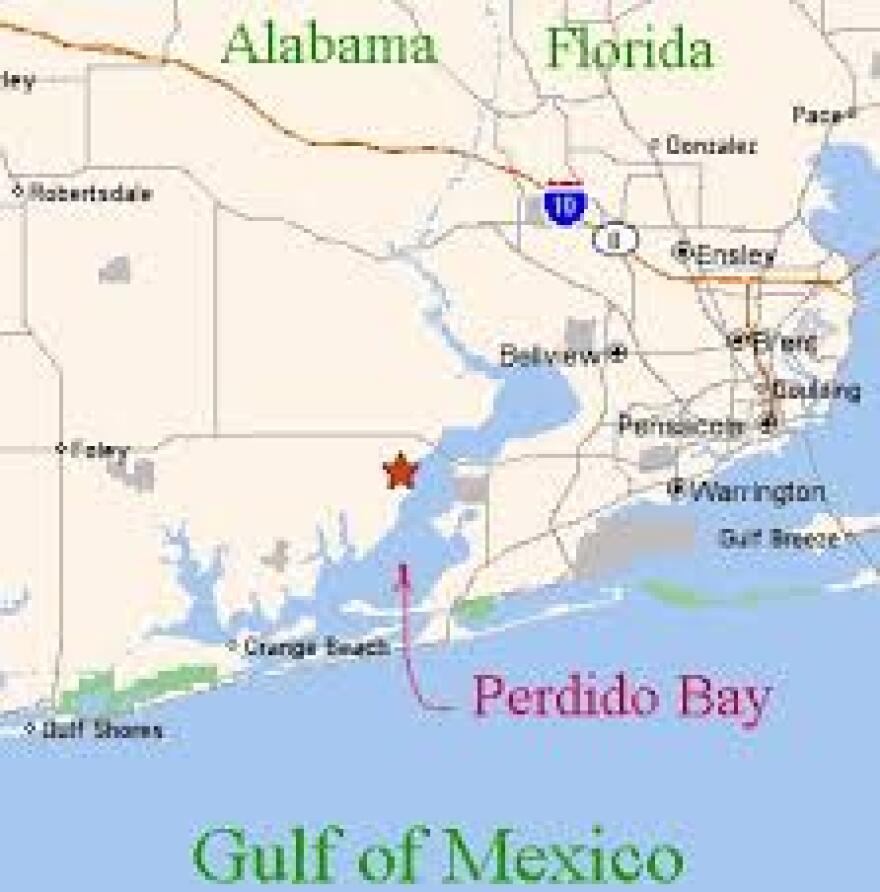Two million dollars is coming from the Environmental Protection Agency, for the establishment of northwest Florida’s first-ever estuary program.
The program covers a pair of bays – Pensacola and Perdido. Darryl Boudreau, a watershed expert with the Nature Conservancy, says the money is the result of more than five years of work.
“Last summer, EPA put out a request for proposals, and we actually had three estuary programs in the Panhandle apply,” said Boudreau. “The Pensacola/Perdido group; the Choctawhatchee Bay group, and the St. Andrews/St. Joe. In December, EPA notified the Pensacola/Perdido that they had won.”
An estuary is a partially enclosed coastal body of brackish water with one or more rivers or streams flowing into it, with a free connection to the open sea. Estuaries form a salt- and freshwater transition zone between river and maritime environments.
“The Gulf Coast Restoration Council [is] comprised of six federal agencies in all five Gulf states,” Boudreau said. “In their first round of projects, they identified an opportunity for EPA to stand up a new estuary in [the] Florida Panhandle, which is based on EPA’s National Estuary Program model.”
The four-year grant is being funded by money from the BP oil spill settlement and RESTORE Act – specifically, the Gulf Coast Eco System Restoration Council – aka RESTORE Pot-two.
“It is a locally driven, non-regulatory program, that brings together governments at all levels – local, state and federal – university systems, NGOs (non-governmental organizations), [and] citizens,” Boudreau says. “What they do is identify the most important problems to fix, and then the projects that will have the greatest return in solving them.”

Setting up the Pensacola/Perdido Estuary program will begin, says Boudreau, with hiring an executive director; lead scientist, and a grants director.
“That team will work with the local governments in the area,” says Boudreau. “Escambia County [Florida]; Santa Rosa County, Baldwin County, Alabama, City of Pensacola, Gulf Breeze, Orange Beach, Alabama. They will come together and form the policy board, which is very similar to a county commission.”
“Escambia County is the host agency for the estuary program during the EPA grant period; so we’ll be working as the administrative agent,” said Matt Posner, the RESTORE Program manager for Escambia County. “It will have its own staff – independent of the county – that will report to the policy board.”
Efforts to set up an estuary in the Panhandle is no new project. Posner says talks had been going on well before the Deepwater Horizon explosion in 2010 among local leaders and activists – on how to improve the environmental conditions of the bays.
“And they landed on an estuary program,” Posner said. “This has been a push to the Restoration Council [to] the state of Florida, state of Alabama, for many years to push developing an estuary program here. “It’s coming to fruition after many years of work by a lot of people.”
Besides clean water and a healthy environment, Posner also points to the economic benefits of an estuary, especially for tourism and the seafood industry.
“Any action that we take to improve the conditions of our waterways – be that inland or out in the Gulf – that lends itself to improved conditions to generate additional tourism revenue,” Posner says. “For the seafood industry, to promote growth and production of critical fisheries.”
And the initial two million dollar grant is not the end-all be-all. The Nature Conservancy’s Darryl Boudreau expects Uncle Sam and others to chip in for the estuary program.
“We held several workshops where the Tampa Bay [National Estuary Program] executive director, and a Pinellas County commissioner came up,” said Boudreau. “And one of the points they brought up, that for every dollar put into their program, they’re getting a return of ten dollars from outside sources – the state, the federal government.”
More information about the Gulf of Mexico Program: can be found at https://www.epa.gov/gulfofmexico. More about the Pensacola and Perdido Bays Estuary Program is at https://www.myescambia.com/estuaryprogram.

